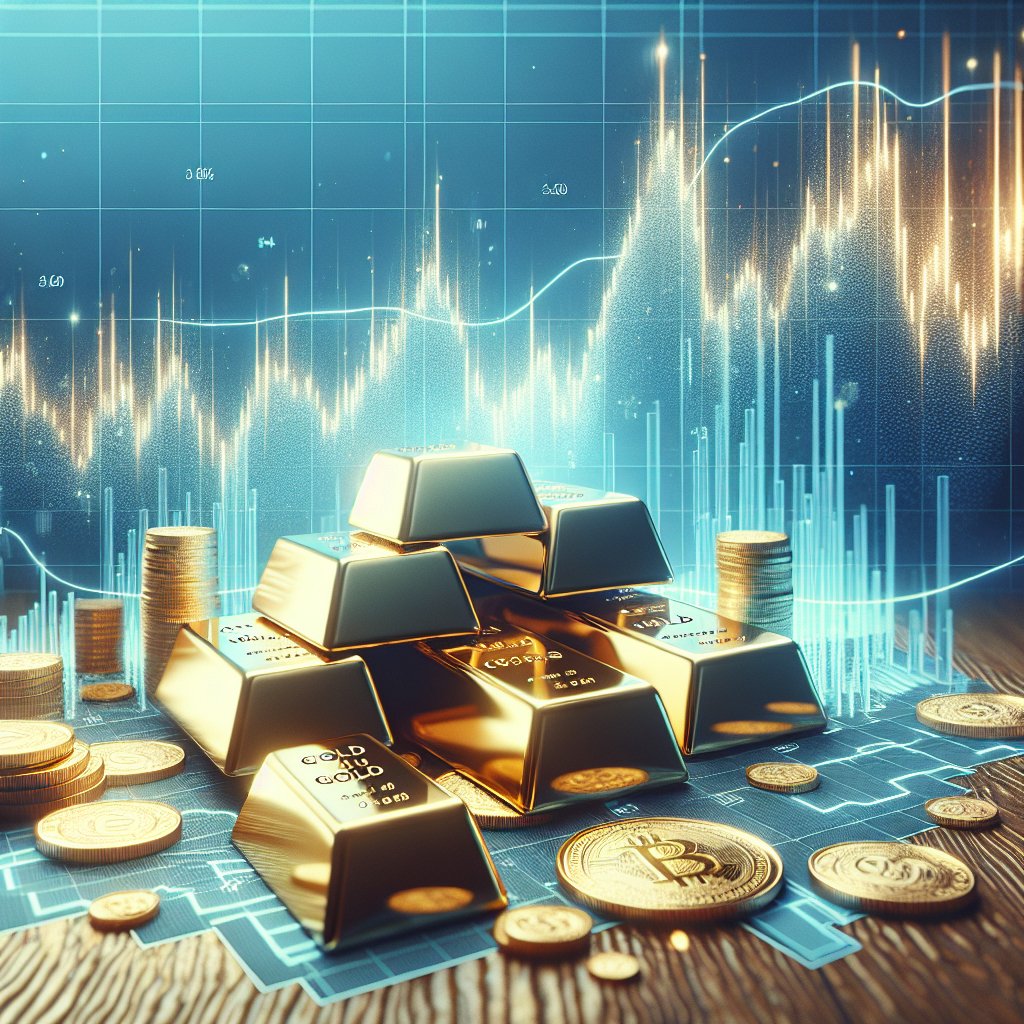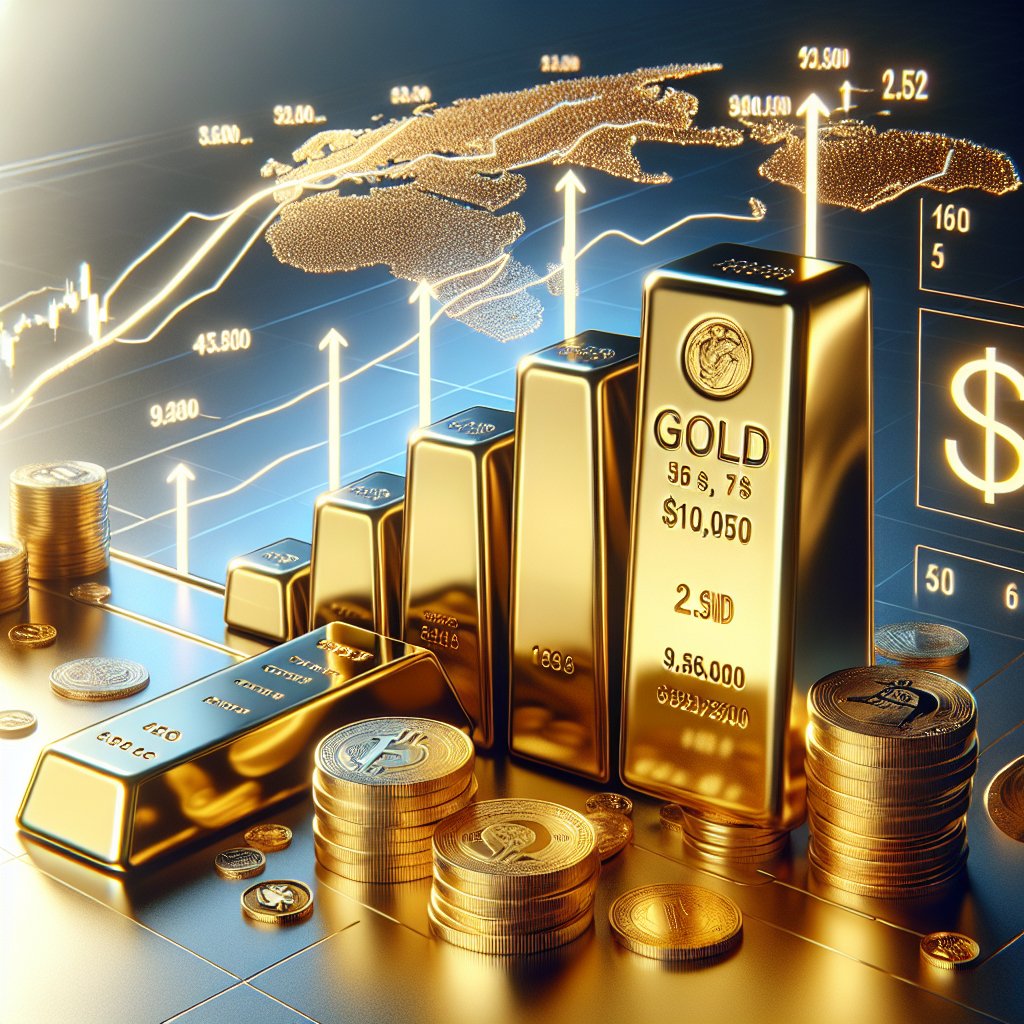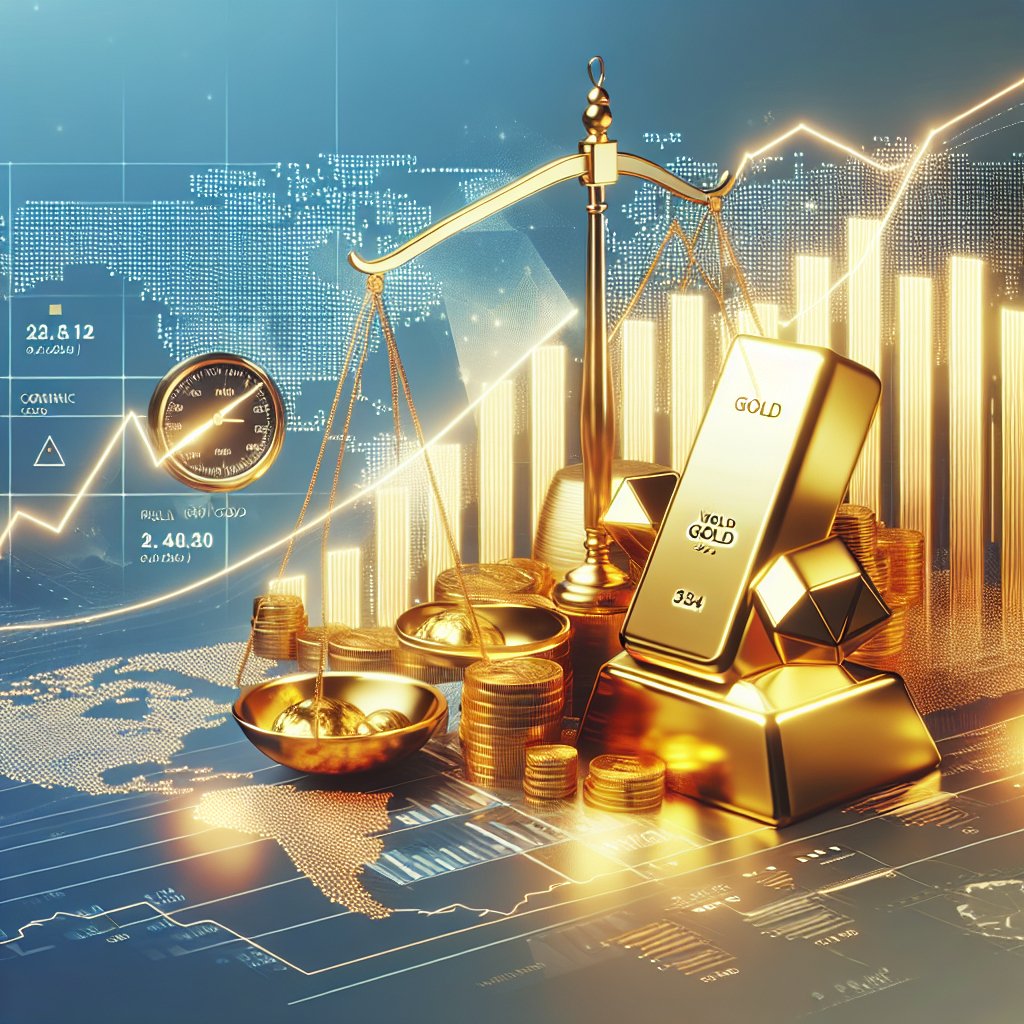The global gold market is a complex and dynamic entity, influenced by a myriad of factors ranging from geopolitical tensions to economic indicators. As investors and analysts attempt to predict the future of gold prices, understanding these influences becomes crucial. This article delves into the current trends and potential future movements in the gold market, providing insights into what investors might expect in the coming months.
Factors Influencing Gold Prices
Gold has long been considered a safe-haven asset, a status that is reinforced during times of economic uncertainty. Several key factors influence the price of gold, and understanding these can help in predicting future trends.
Economic Indicators
One of the primary drivers of gold prices is the state of the global economy. Economic indicators such as inflation rates, interest rates, and currency strength play significant roles. For instance, when inflation is high, the purchasing power of currency decreases, leading investors to flock to gold as a store of value. Similarly, low interest rates make non-yielding assets like gold more attractive compared to bonds or savings accounts.
Geopolitical Tensions
Geopolitical events can cause significant fluctuations in gold prices. During times of political instability or conflict, investors often seek the safety of gold, driving up its price. Recent tensions in various parts of the world have underscored gold’s role as a hedge against geopolitical risk.
Central Bank Policies
Central banks around the world hold significant amounts of gold in their reserves. Their buying and selling activities can influence gold prices. For example, if a major central bank decides to increase its gold reserves, it can lead to a rise in prices due to increased demand.
Current Trends in the Gold Market
As of the latest data, gold prices have shown a mixed trend, influenced by a combination of the factors mentioned above. Understanding these trends is essential for making informed predictions about future price movements.
Recent Price Movements
In recent months, gold prices have experienced volatility, with fluctuations driven by changing economic conditions and geopolitical events. The ongoing recovery from the global pandemic has also played a role, as economies adjust to new realities and central banks reassess their monetary policies.
Investor Sentiment
Investor sentiment towards gold has been varied, with some seeing it as a necessary hedge against potential economic downturns, while others view it as less attractive compared to other investment opportunities. This sentiment is reflected in the trading volumes and price movements observed in the market.
Predictions for the Coming Months
Predicting the future of gold prices involves analyzing current trends and anticipating how various factors might evolve. While no prediction can be guaranteed, several scenarios can be considered based on current data and expert analysis.
Potential Economic Scenarios
One possible scenario is a continuation of economic recovery, which could lead to higher interest rates and a stronger currency, potentially putting downward pressure on gold prices. Conversely, if inflation continues to rise or if there are new economic disruptions, gold could see increased demand as a hedge.
Geopolitical Developments
Geopolitical tensions remain a wildcard in gold price predictions. Any escalation in conflicts or political instability could lead to a surge in gold prices as investors seek safety. Monitoring these developments will be crucial for anticipating market movements.
Conclusion
The gold market is influenced by a complex interplay of economic, geopolitical, and investor sentiment factors. While predicting exact price movements is challenging, understanding these influences can provide valuable insights for investors. As the global landscape continues to evolve, staying informed and adaptable will be key to navigating the gold market in the coming months.












